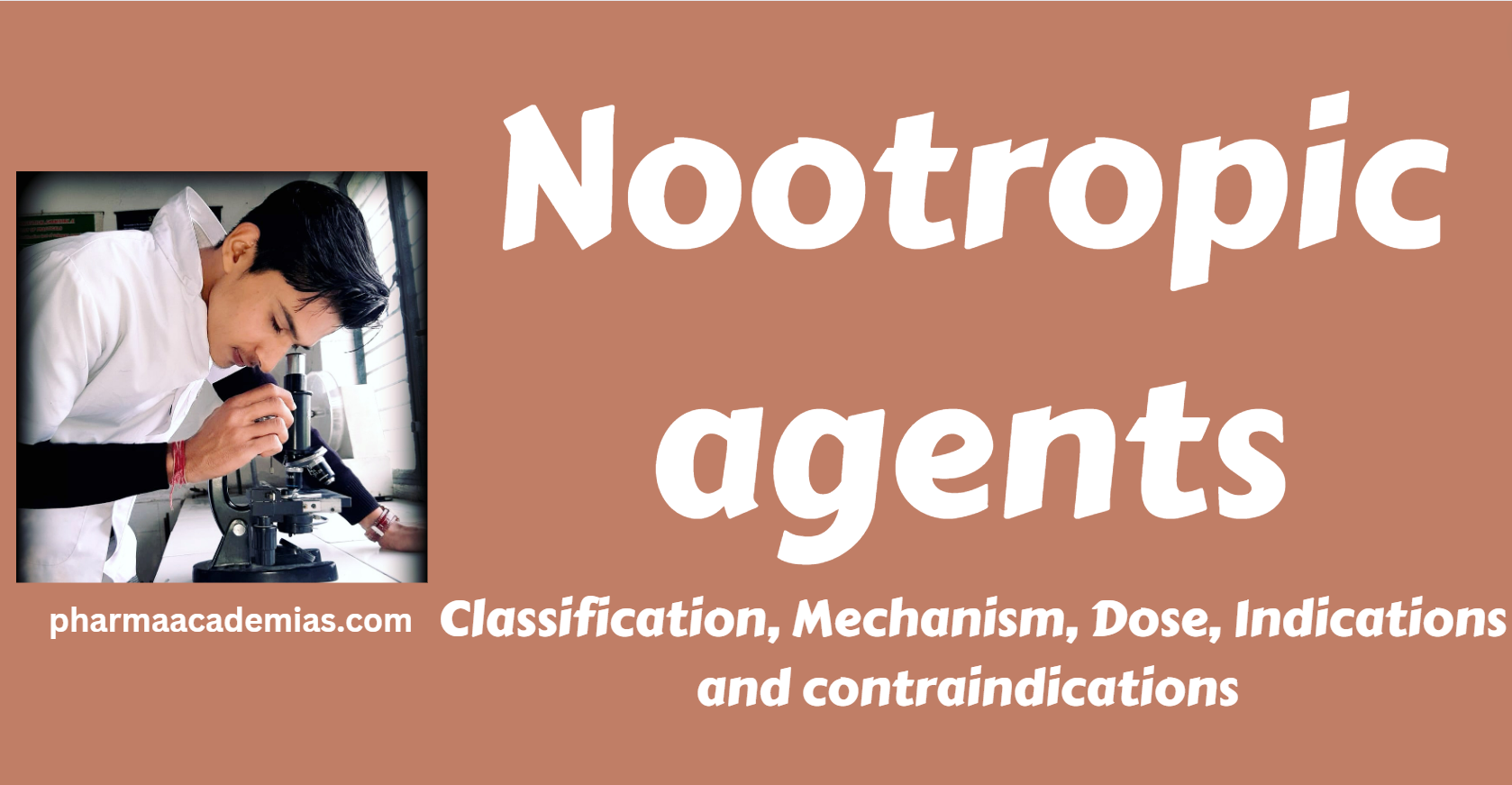Enzyme Kinetics
Enzyme kinetics is the study of the rates of enzyme-catalyzed reactions. It helps in understanding how enzymes work and how their activity can be modulated. Two important models in enzyme kinetics are the Michaelis-Menten model and the Lineweaver-Burk plot.
Michaelis-Menten Kinetics
The Michaelis-Menten equation describes the rate of enzymatic reactions by relating the reaction rate (v) to the substrate concentration ([S]). The equation is given by:

where:
(v) = initial reaction rate
(Vmax) = maximum reaction rate
(Km) = Michaelis constant (substrate concentration at which the reaction rate is half of ( Vmax)
[S] = substrate concentration
The Michaelis-Menten plot is a hyperbolic curve that shows the relationship between the substrate concentration and the reaction rate. Key features of the plot include:
At low [S], the rate increases linearly with [S].
At high [S], the rate approaches (Vmax)asymptotically.
Significance of (Km) and (Vmax)
(Km): Indicates the affinity of the enzyme for its substrate. A low \( K_m \) means high affinity, as the enzyme reaches half-maximum velocity at a low substrate concentration.
(Vmax): Reflects the catalytic capability of the enzyme when fully saturated with substrate.
Lineweaver-Burk Plot
The Lineweaver-Burk plot is a double reciprocal plot of the Michaelis-Menten equation, used to determine (Vmax) and (Km) more accurately. It is given by:

This equation is in the form of y = mx + c, where:
(y =1v)
(x = 1 / [S])
The slope (m) = (Km / Vmax)
The y-intercept (c) = 1 / Vmax
The Lineweaver-Burk plot is a straight line where:
The x-intercept gives (- 1 / Km).
The y-intercept gives 1 / Vmax
Enzyme Inhibitors
Enzyme inhibitors are molecules that decrease or abolish the activity of an enzyme. They can be classified based on their mechanism of action.
Types of Enzyme Inhibitors
1. Competitive Inhibitors:
Compete with the substrate for binding to the active site.
Can be overcome by increasing substrate concentration.
Increase (Km) without affecting ( Vmax).
Example: Methotrexate inhibits dihydrofolate reductase, an enzyme involved in nucleotide synthesis.
2. Non-Competitive Inhibitors:
Bind to an allosteric site, not the active site.
Cannot be overcome by increasing substrate concentration.
Decrease Vmax without affecting Km.
Example: Allopurinol inhibits xanthine oxidase, used in the treatment of gout.
3. Uncompetitive Inhibitors:
Bind only to the enzyme-substrate complex, preventing the complex from releasing products.
Decrease both Vmax and Km.
Example: Lithium acts as an uncompetitive inhibitor of inositol monophosphatase, used in the treatment of bipolar disorder.
4. Mixed Inhibitors:
Can bind to either the enzyme or the enzyme-substrate complex.
Affect both Vmax and Km, but not in a simple, predictable way.
Example: Oxalate inhibits succinate dehydrogenase, affecting the Krebs cycle.
Conclusion
Understanding enzyme kinetics and the mechanisms of enzyme inhibition is crucial for the development of drugs and therapeutic agents. Michaelis-Menten and Lineweaver-Burk plots provide valuable insights into enzyme behavior and the effects of inhibitors, enabling more effective design and use of pharmaceuticals.




